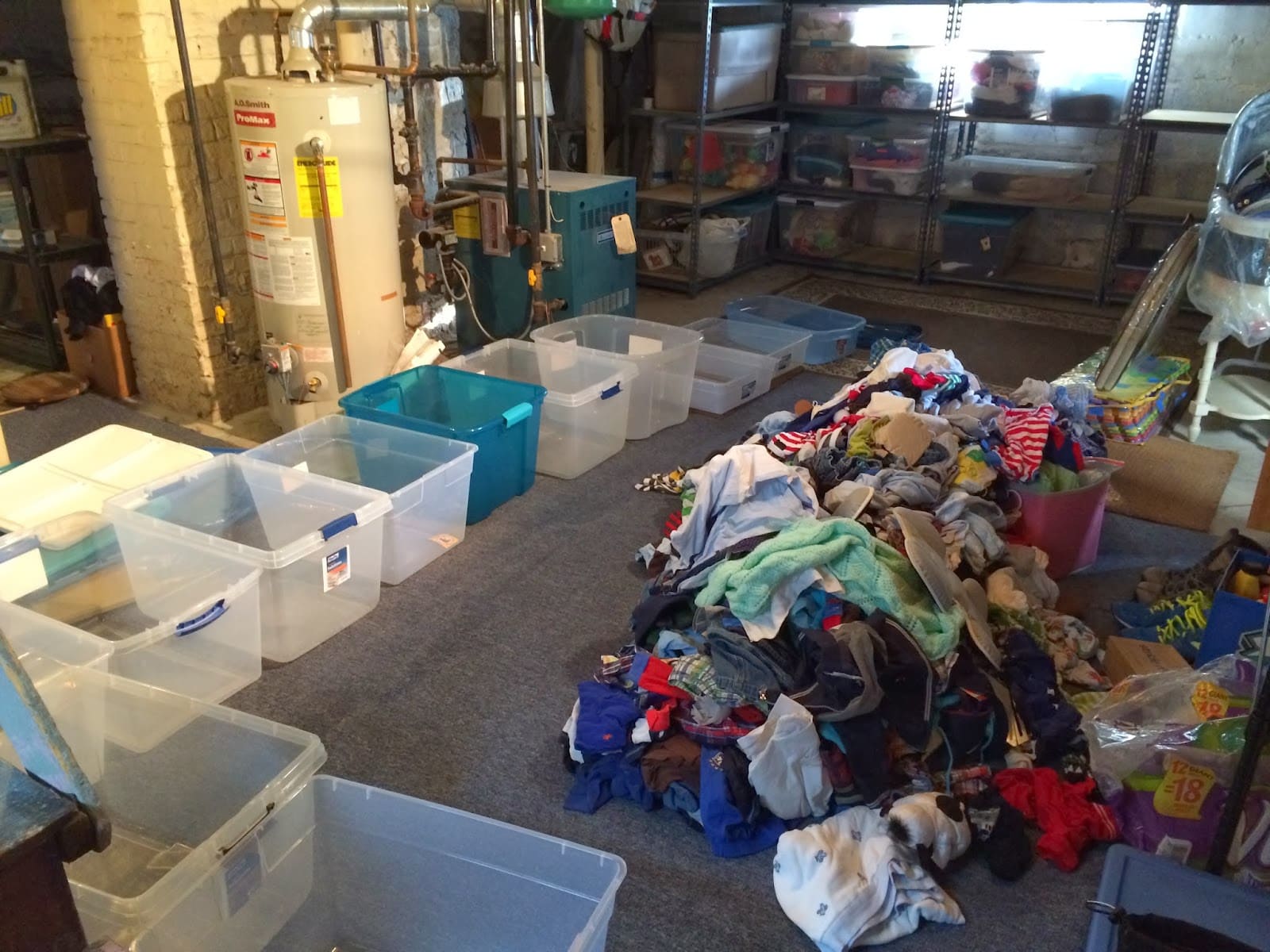

Articles
How To Declutter A Basement
Modified: October 21, 2024
Discover expert tips and tricks in our informative articles on how to declutter your basement and create a more organized space for your home.
(Many of the links in this article redirect to a specific reviewed product. Your purchase of these products through affiliate links helps to generate commission for Storables.com, at no extra cost. Learn more)
Introduction
A cluttered basement can quickly become an overwhelming and chaotic space. It’s easy for items to accumulate, leaving you with a disorganized mess that can be both frustrating and stressful to deal with. However, with a systematic approach and some dedicated time, you can transform your cluttered basement into a functional and organized space.
In this article, we will walk you through the process of decluttering your basement, step by step. By following these guidelines, you can regain control over this neglected area of your home and create a more streamlined and efficient living environment.
Decluttering your basement not only allows you to reclaim valuable space but also offers numerous benefits. A clean and organized basement can provide additional storage, increase the overall value of your home, and improve the air quality by reducing dust and allergens.
Before diving into the process, it’s important to have a clear understanding of your desired outcome. Take a moment to envision what you want your basement to look like once it’s decluttered. Are you looking to create a dedicated workspace, a recreational area, or simply a well-organized storage space?
By visualizing your desired outcome, you can stay motivated throughout the decluttering process. So, roll up your sleeves, grab some boxes, and let’s get started on transforming your basement into a clutter-free zone!
Key Takeaways:
- Transform your cluttered basement into a functional and organized space by visualizing your desired outcome, sorting and categorizing items, and implementing a regular cleaning routine.
- Regain valuable space and create a more streamlined living environment by donating, selling, or discarding unwanted items, organizing and storing remaining belongings, and maintaining your decluttered basement.
Read more: How To Declutter A Room
Step 1: Assess and Visualize Your Desired Outcome
Before diving headfirst into decluttering your basement, it’s essential to assess the space and visualize what you want to achieve. Take a moment to evaluate the current state of your basement and identify the specific areas that need attention.
Consider the purpose you have in mind for your basement. Do you want it to be a functional storage area, a home gym, a playroom, or perhaps a combination of purposes? Understanding your desired outcome will help you prioritize items and allocate space accordingly.
Once you have an idea of how you want your basement to function, create a mental or physical list of the specific areas or zones you want to incorporate. For example, you may want to designate an area for holiday decorations, a section for household tools, or a separate space for recreational activities.
Next, visualize the layout and organization of these zones. How will the items be stored? Will you need shelving, bins, or wall hooks? Use this visualization exercise to determine the necessary storage solutions and make a plan for arranging your belongings.
Remember to consider factors such as accessibility and convenience. Items that you use frequently should be easily accessible, while those that are rarely used can be stored in less accessible areas.
During the assessment phase, be honest with yourself about the items you truly need or have a connection to, and those that are simply taking up valuable space. This will make it easier to let go of unnecessary items later on.
By taking the time to assess your basement and visualize your desired outcome, you will have a clear direction in mind as you move forward with the decluttering process. So, grab a notepad and pen, and let’s move on to the next step: sorting and categorizing your items.
Step 2: Sort and Categorize Your Items
Now that you have a clear vision of your desired outcome, it’s time to tackle the task of sorting and categorizing the items in your basement. This step is crucial to identify what you want to keep, what can be donated or sold, and what should be discarded.
Start by creating designated sorting areas or zones in your basement. Set up tables or use tarps to create separate spaces for different categories such as: keep, donate/sell, and discard. This will help you visually organize your belongings and make the decision-making process more efficient.
Begin sorting through each item in your basement and place them in the appropriate zone. As you go through the items, ask yourself the following questions:
- Do I use this item regularly?
- Does it have sentimental value?
- Is it in good condition?
- Do I have multiple copies or duplicates of this item?
Be honest with yourself and avoid holding onto items out of guilt or fear of letting go. Remember that decluttering is about creating a space that brings you joy and functionality.
When sorting items, consider creating additional categories to further organize your belongings. For example, create separate piles for seasonal decorations, sports equipment, household tools, or sentimental items. This will make it easier to locate specific items later on.
As you sort through your items, keep in mind that some items may have sentimental value but are taking up unnecessary space. Consider taking photos of these sentimental items, creating a digital album or scrapbook, so you can still cherish the memories without cluttering your basement.
By the end of this step, you should have a clear idea of what items you will be keeping, what can be donated or sold, and what should be discarded. In the next step, we will explore how to responsibly handle and remove items that you no longer need or want.
Step 3: Donate, Sell, or Discard Unwanted Items
Now that you have sorted and categorized your items, it’s time to decide what to do with the things you no longer want or need. This step involves the process of donating, selling, or discarding unwanted items in a responsible and sustainable manner.
If you have items that are in good condition but no longer serve a purpose for you, consider donating them to local charities, shelters, or thrift stores. These organizations will often accept clothing, furniture, household items, and more. Research local donation centers and arrange for pick-up or drop-off of your donations.
Another option is to sell your unwanted items, especially if they are in good condition and have market value. You can host a garage sale, list items on online marketplaces, or consider consignment shops. This not only allows you to declutter your basement but also gives you the chance to make some extra money in the process.
For items that are no longer usable or in poor condition, it’s important to properly dispose of them. Check with your local waste management service or recycling centers for guidelines on how to handle specific items, such as electronics or hazardous materials. Follow their instructions to ensure responsible disposal and minimize environmental impact.
As you go through the donation, selling, or discarding process, it’s important to keep track of the items you are getting rid of. This can help you create a sense of accomplishment and provide a record for any potential tax deductions if you choose to donate items to qualifying charitable organizations.
Remember, the goal is to declutter your basement, so be decisive and avoid holding onto items out of fear or uncertainty. Be mindful of the space you have available and prioritize the items that align with your vision for your decluttered basement.
By the end of this step, you will have freed up space in your basement and cleared out unwanted items. Now, let’s move on to the next step: organizing and storing the remaining belongings.
When decluttering a basement, start by categorizing items into keep, donate, and discard piles. This will help you prioritize and make the process more manageable.
Step 4: Organize and Store Remaining Belongings
With unwanted items out of the way, it’s time to focus on organizing and storing the belongings that you have chosen to keep. This step will help you maximize the available space in your basement and make it easier to find and access your items.
Start by assessing the storage options in your basement. Consider installing shelves, cabinets, or storage bins to maximize vertical space. Utilize wall space by installing hooks or pegboards to hang tools, bicycles, or other items. Make use of stackable storage containers for items that can be neatly packed away.
As you organize, keep in mind the categories or zones you created in Step 1. Group similar items together, such as holiday decorations, sports equipment, or household tools. This will make it easier to find what you need in the future.
Label your storage containers and shelves to ensure easy identification and quick access. Clear plastic containers are particularly useful as they allow you to see the contents without having to open each one. Consider using color-coded labels or stickers for different categories.
When arranging your belongings, prioritize accessibility. Items that you use regularly should be easily accessible, while those that are used less frequently can be placed in less accessible areas. For example, seasonal items can be stored higher up or in the back of shelves.
Make use of every available inch of space by utilizing the vertical space on walls, hanging items from ceiling hooks, or creating under-shelf storage. This will help you maximize storage capacity and keep your basement neat and organized.
For items that are irregularly shaped or difficult to store, consider utilizing storage solutions like hanging racks, pegboards, or ceiling storage units. This will help you make the most of your space and keep items off the floor.
Finally, don’t forget to create a designated area for frequently used items, such as sports equipment, gardening tools, or cleaning supplies. This will make it easy to locate and return these items after use, keeping your basement organized in the long run.
By organizing and storing your belongings in a thoughtful and systematic manner, you can create a clutter-free and functional basement space. In the final step, we will address the importance of cleaning and maintaining your newly decluttered basement.
Read more: How To Declutter A Bathroom
Step 5: Clean and Maintain Your Decluttered Basement
Congratulations on reaching the final step of decluttering your basement! Now that you have organized and stored your belongings, it’s time to focus on cleaning and maintaining your newly decluttered space.
Start by giving your basement a thorough cleaning. Dust, sweep, and mop the floors, wipe down surfaces, and vacuum any upholstery or rugs. Pay extra attention to corners, crevices, and hard-to-reach areas that may have accumulated dirt and dust over time.
If you have windows or natural light in your basement, take advantage of it by opening curtains or blinds to let in fresh air and sunlight. This will help create a more inviting and pleasant environment.
Next, establish a regular cleaning routine to prevent clutter from accumulating again. Set aside time every month or season to assess your basement and tackle any clutter that may have accumulated. This will help you maintain the organization and cleanliness you’ve worked so hard to achieve.
Consider implementing storage systems to help maintain order in your basement. Use labeled bins, shelves, and hooks to ensure that everything has a designated place. Encourage everyone in your household to return items to their designated spots after use to prevent clutter from building up again.
Incorporate regular decluttering sessions into your routine. Take a few moments every few months to reassess and purge any items that are no longer needed or have outlived their usefulness. This will prevent unnecessary items from crowding your basement once more.
Be mindful of what you bring into your basement. Before purchasing new items or storing belongings, consider if they truly serve a purpose and align with your vision for a clutter-free space. Avoid unnecessary purchases and be intentional about what you choose to keep.
Finally, make it a habit to regularly inspect the condition of your stored items. Check for any signs of damage, pests, or mold. Address any issues promptly to prevent them from spreading and causing further damage.
By following these cleaning and maintenance practices, you can ensure that your decluttered basement remains a functional and organized space in the long run. Enjoy the benefits of a clutter-free basement and the peace of mind that comes with it.
With Step 5 complete, you have successfully decluttered and transformed your basement. Take a moment to admire your hard work and enjoy the newfound space and functionality that your basement offers.
Conclusion
Congratulations on successfully decluttering your basement! By following the step-by-step process outlined in this article, you have transformed your once chaotic and cluttered space into a functional and organized area of your home.
Throughout this journey, you assessed your desired outcome, sorted and categorized your items, donated, sold, or discarded unwanted belongings, organized and stored the remaining items, and finally, cleaned and maintained your decluttered basement.
By decluttering your basement, you have not only regained valuable space but also created a more functional and inviting area within your home. You can now easily access your belongings, find what you need when you need it, and enjoy the benefits of a well-organized space.
Remember to maintain your newly decluttered basement by establishing regular cleaning routines, using designated storage systems, and periodically reassessing and purging unnecessary items. By being intentional about what you bring into your basement and consistently maintaining its organization, you can ensure its long-term functionality.
Enjoy the peace of mind and satisfaction that comes with having a clutter-free basement. Celebrate your accomplishment and the hard work you put into this transformation. And if you ever find your basement starting to accumulate clutter again, you now have the knowledge and tools to tackle it head-on.
Decluttering your basement is a rewarding process that not only improves the functionality and aesthetics of your home but also contributes to a more organized and stress-free lifestyle. So, take a moment to appreciate your decluttered basement and the positive impact it has on your everyday life.
Now, armed with all the tools and strategies you’ve learned, you can apply the principles of decluttering to other areas of your home and continue to create an organized and harmonious living environment. Good luck on your future decluttering endeavors!
Frequently Asked Questions about How To Declutter A Basement
Was this page helpful?
At Storables.com, we guarantee accurate and reliable information. Our content, validated by Expert Board Contributors, is crafted following stringent Editorial Policies. We're committed to providing you with well-researched, expert-backed insights for all your informational needs.
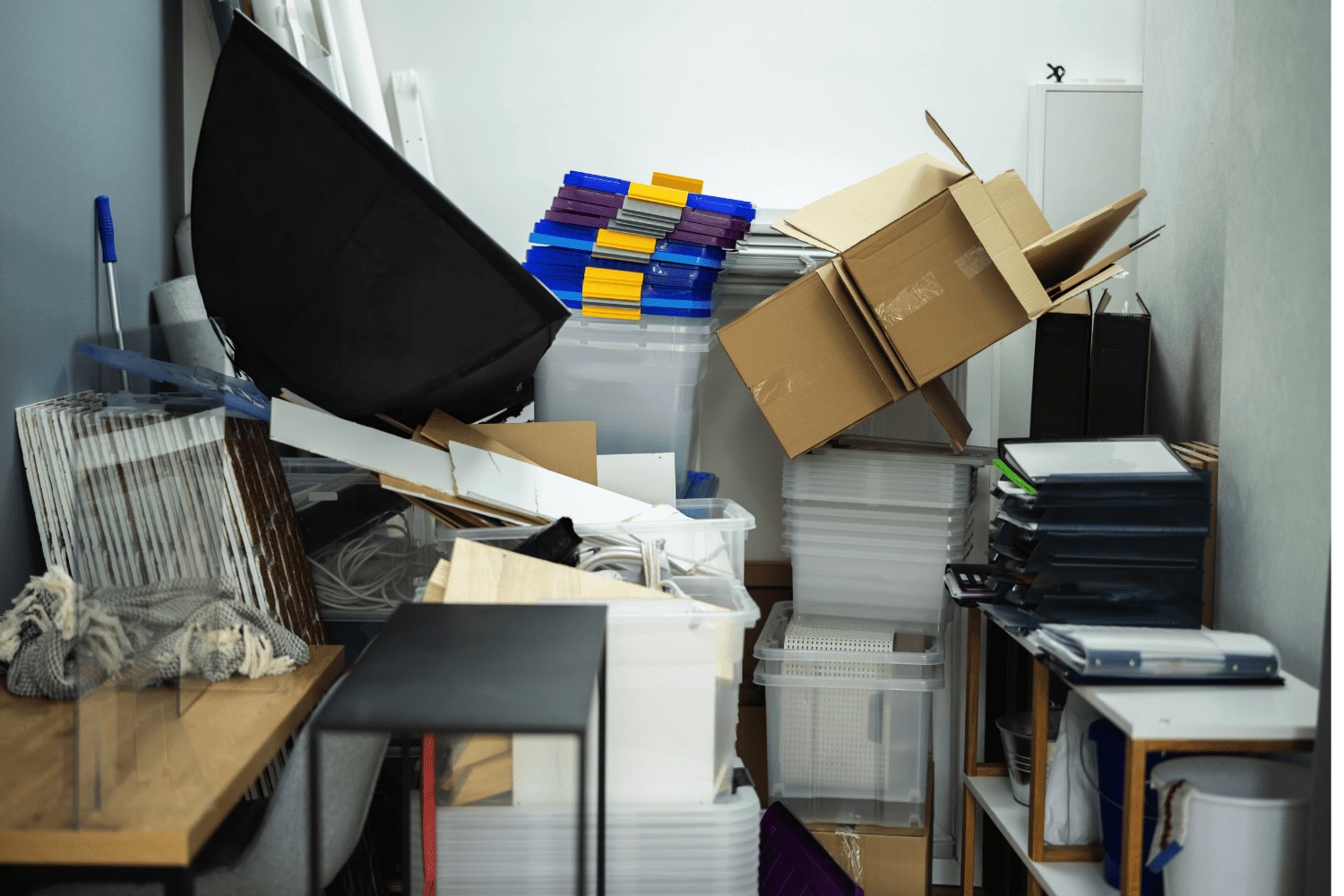
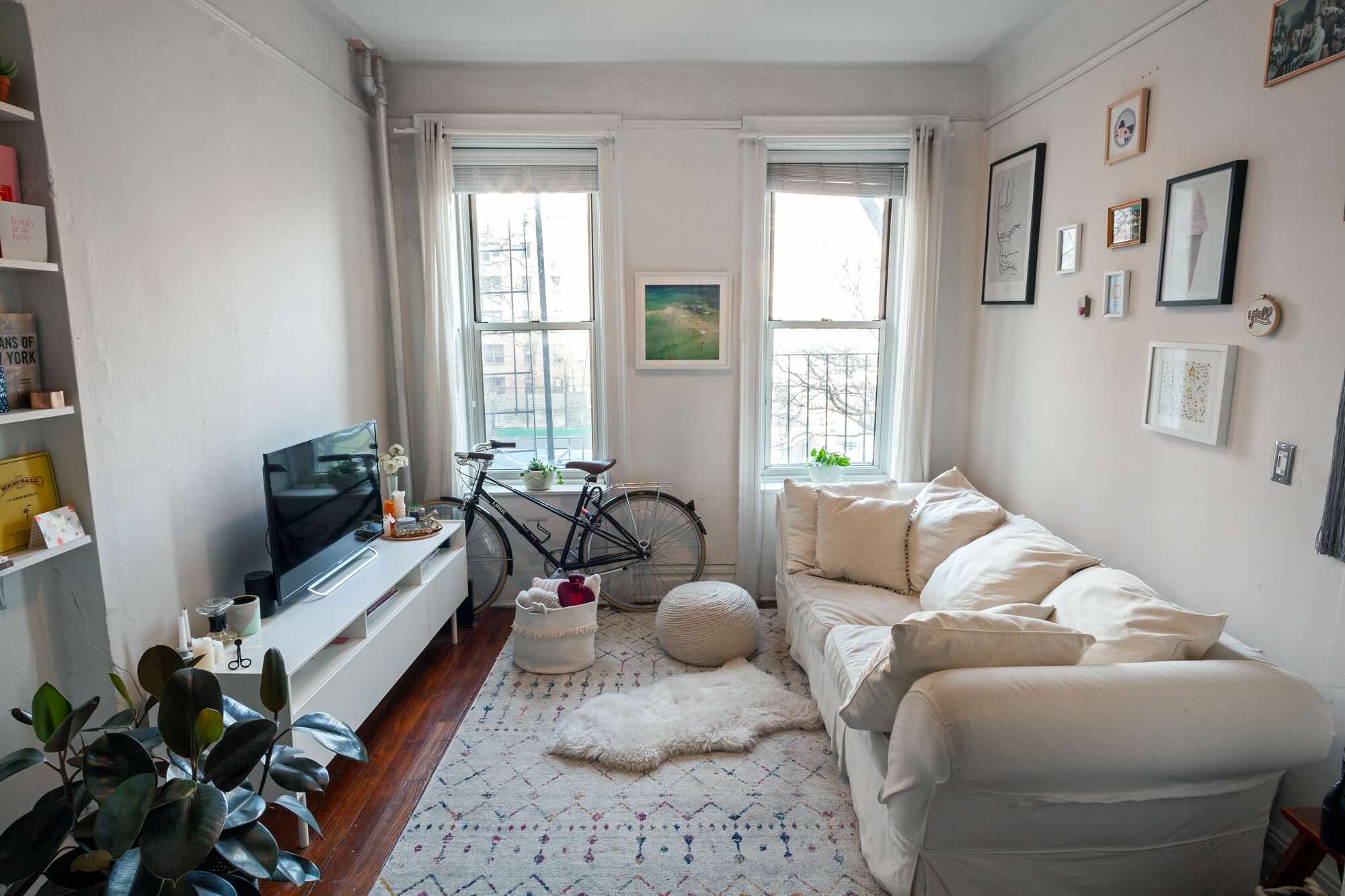
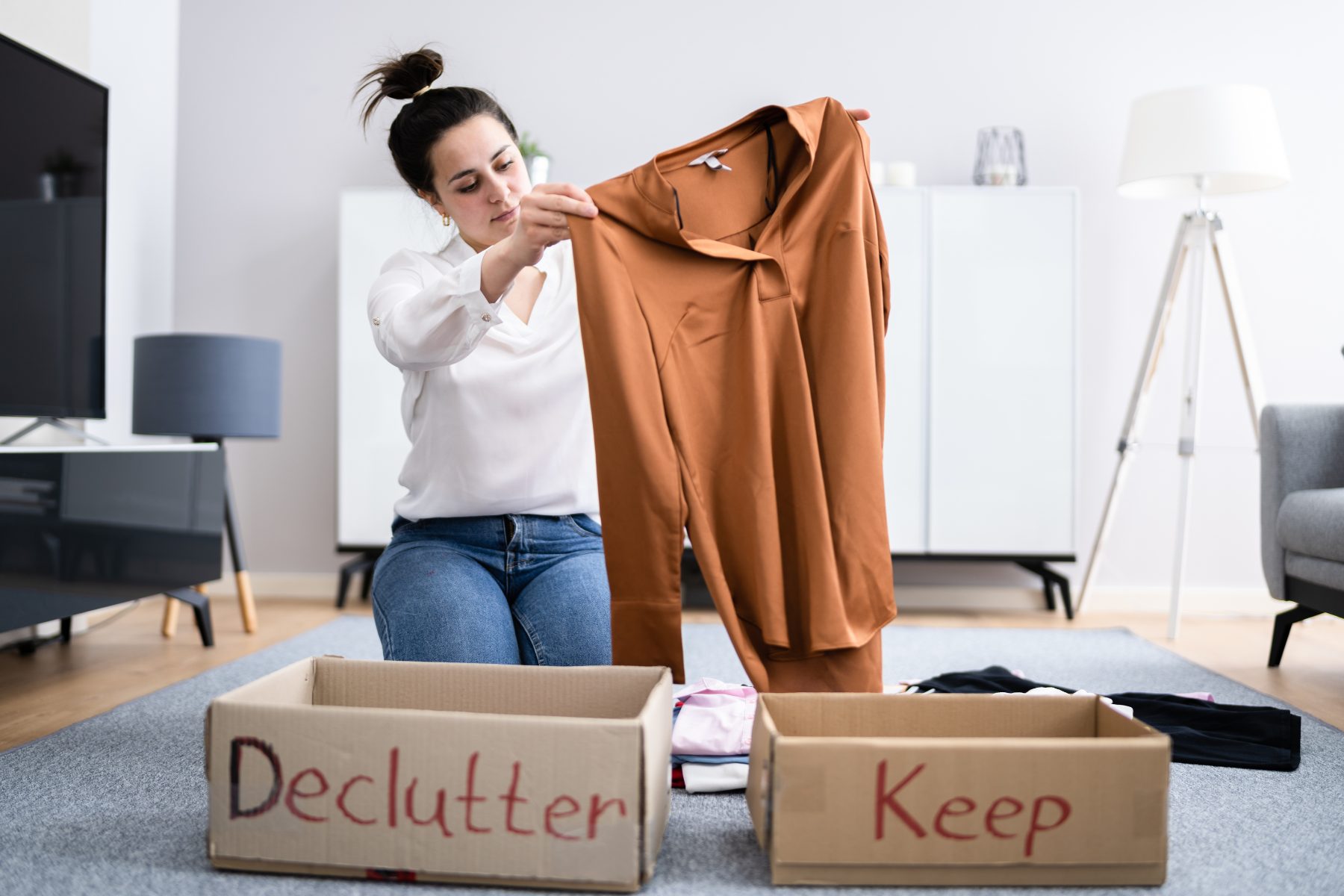


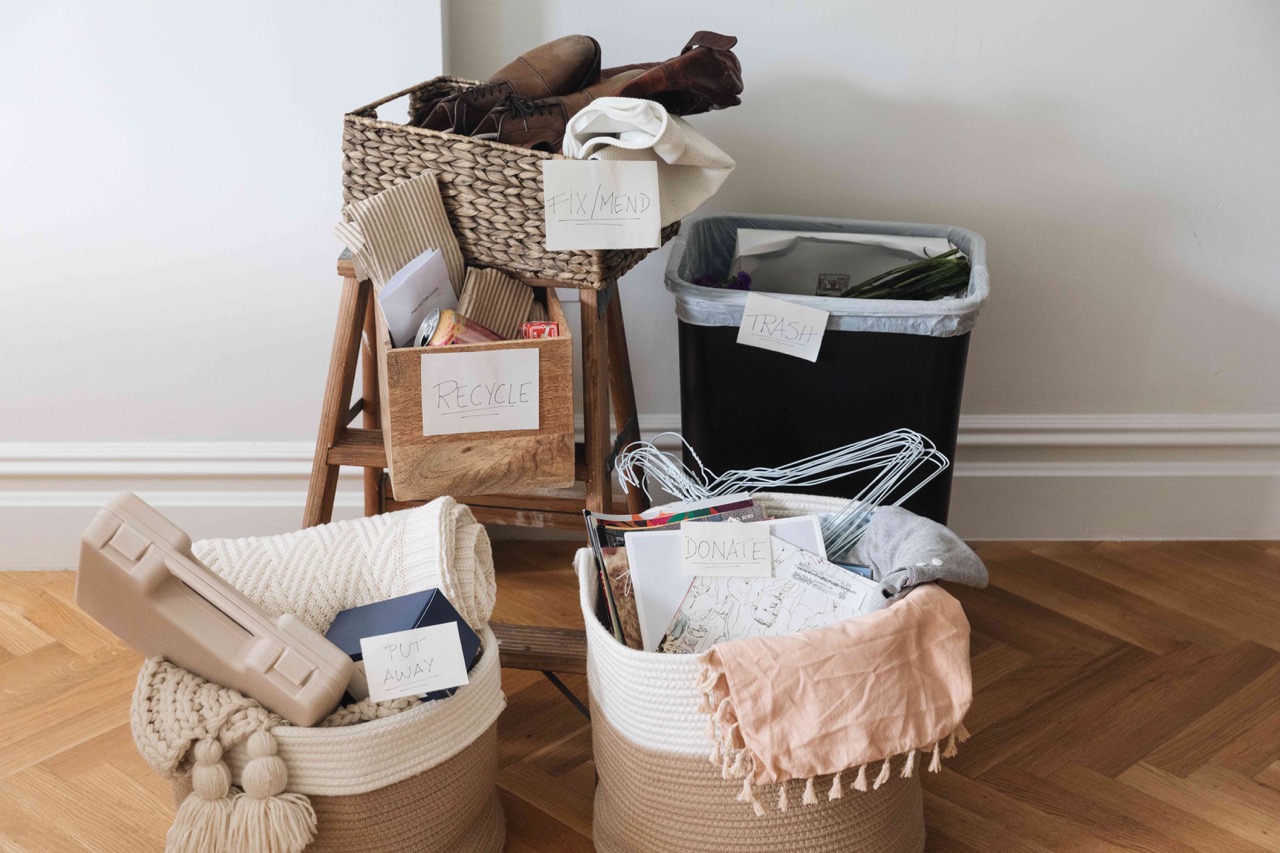


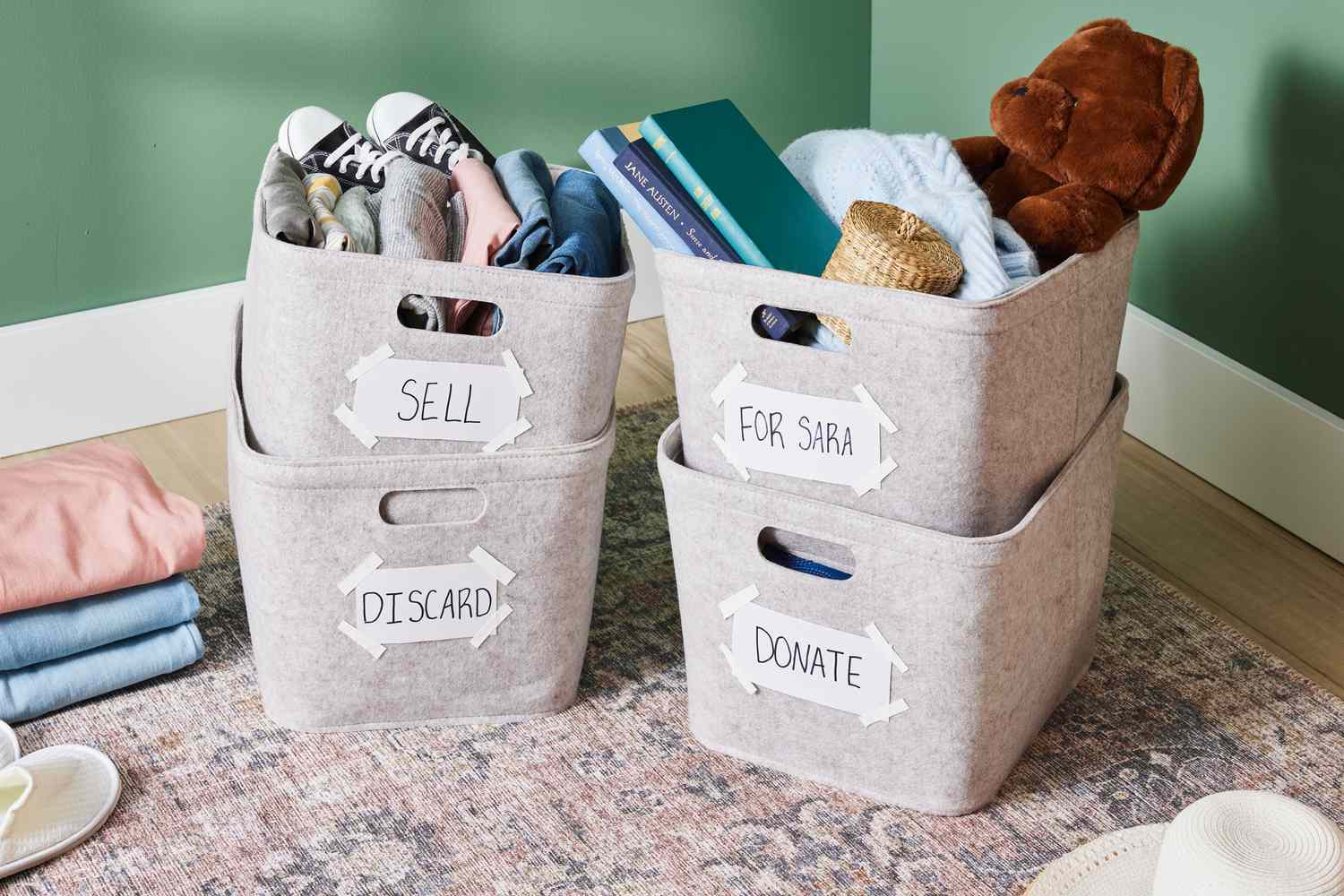


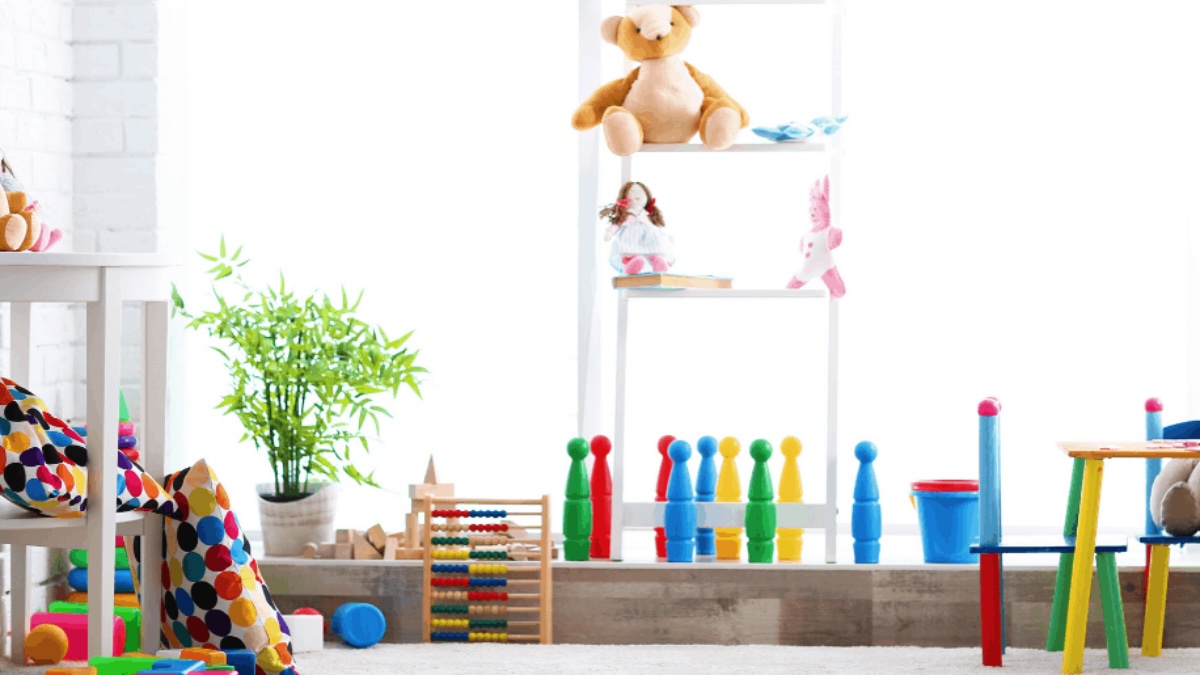
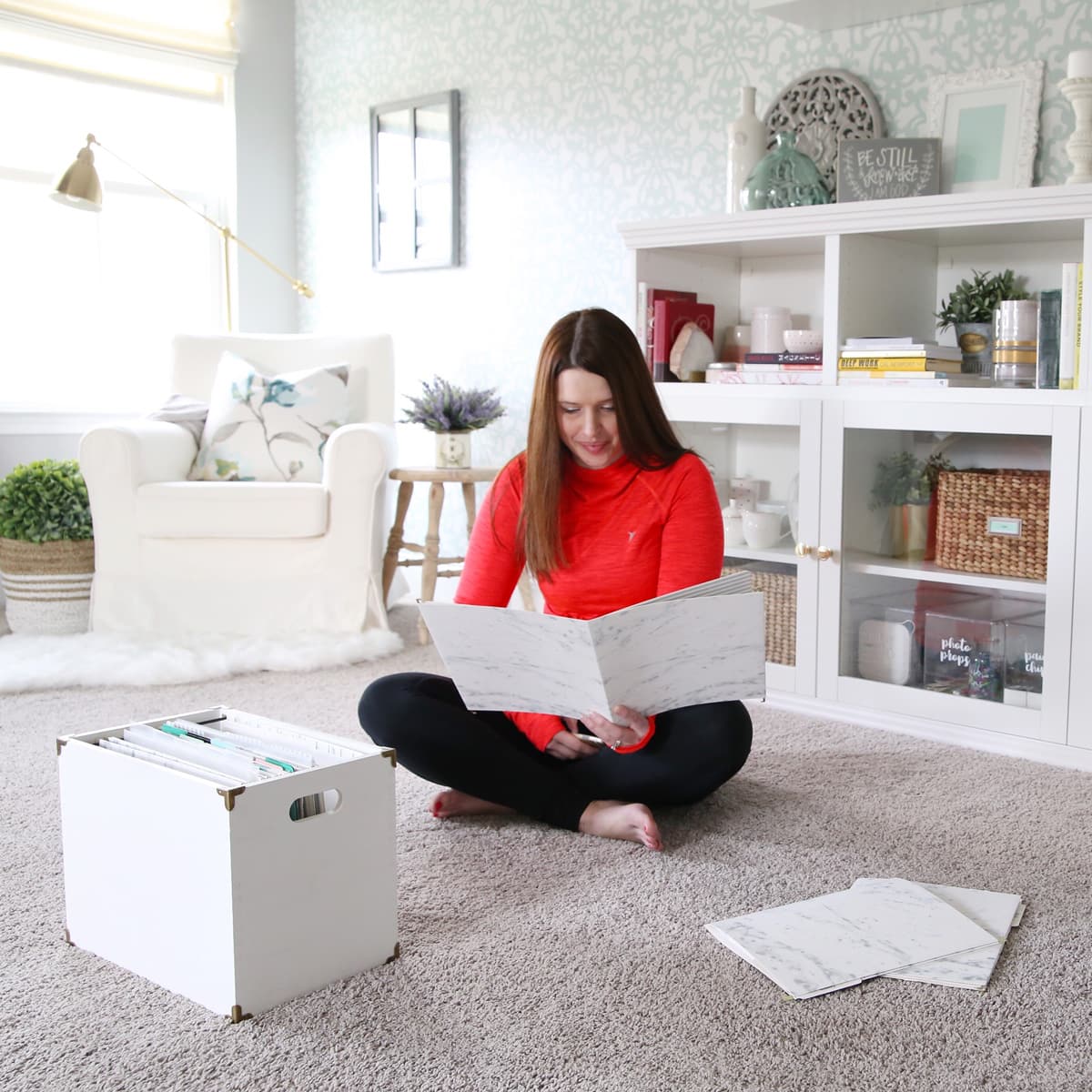
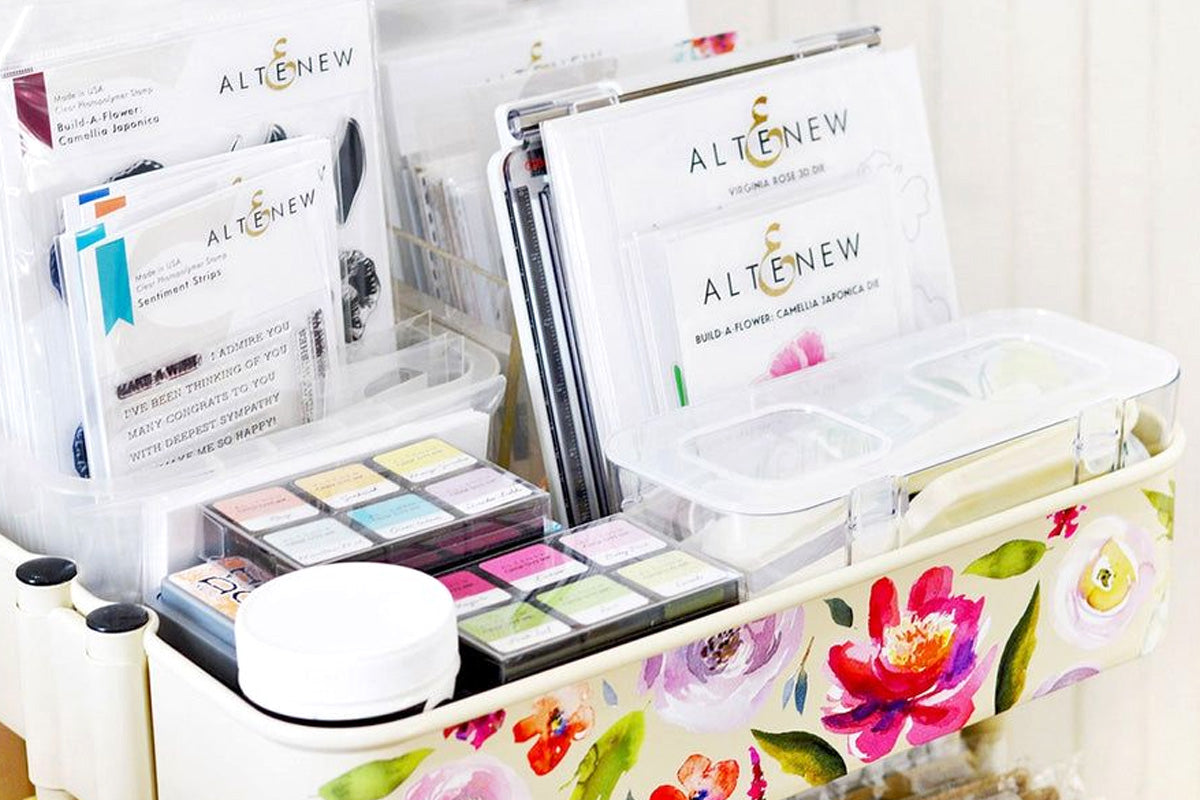

0 thoughts on “How To Declutter A Basement”